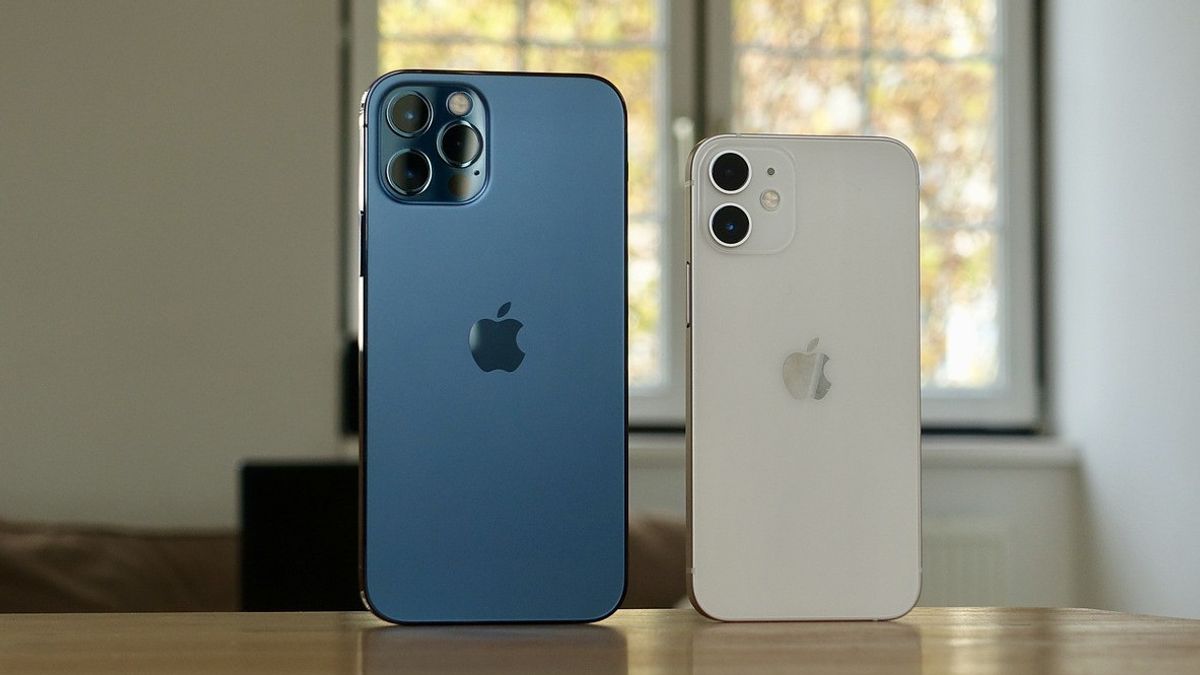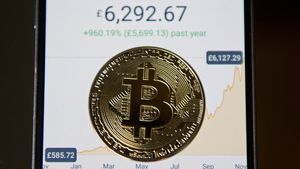JAKARTA - On Tuesday, September 26, French authorities received a software update from Apple for the iPhone 12. They are now reviewing the update as an effort to resolve the radiation problem.
A source in France's digital ministry said this was a step taken after France halted sales of iPhone 12 phones earlier this month due to findings of violations of radiation exposure limits.
Apple has promised to update the software to address the debate about the radiation levels of the iPhone 12 phones. France has previously threatened to seek product recall action if Apple refuses to carry out software updates.
Previously, Apple had questioned the findings announced by France, saying that the iPhone 12 had received certification from many international bodies stating that the cellphone complied with global standards. However, on September 15, Apple announced that it would release a software update to accommodate the testing methods used by France.
اقرأ أيضا:
French authorities are considering updating the software and hope that companies whose cellphones produce carbon emissions will contribute to efforts to reduce emissions in France, either through a carbon exchange or a carbon tax.
While this software update currently only applies to France, Belgium's industry regulator has also requested a similar software update.
However, the Belgian regulator confirmed that the update is currently only available in France. France will inform its European Union counterparts about the update, and more steps are expected at European level on the issue.
Radiation exposure from smartphones is measured in the form of Specific Absorption Rate (SAR), which is a measure of how much electromagnetic radiation energy (in the form of radio waves) is absorbed by body tissue. SAR is measured in watts per kilogram (W/kg). Many countries have SAR limits set to ensure that radiation exposure from smartphones and other communications devices remains within safe limits.
Normal limits for SAR of smartphones vary in different countries. For example, the United States and the European Union have different SAR limits:
United States: Federal Communications Commission (FCC) set SAR limit for cellphones in the United States. For mobile devices sold in the US, the highest SAR limit is 1.6 W/kg for head and body.
EU: The European Union has lower SAR limits than the United States. In the European Union, the SAR limit for the head is approximately 2.0 W/kg and for the body is approximately 4.0 W/kg.
Smartphone devices usually have to meet these SAR limits before they can be sold on the market. While these limits have been established to minimize the risk of exposure to electromagnetic radiation, it is important to understand that they are based on currently applicable health guidelines.
Most smartphones allow users to check their SAR values in the device settings. You can view your device's specific SAR values in the documentation that came with your smartphone or by visiting the manufacturer's website.
It is important to use a device with a SAR value that is below the limits set by the regulatory authorities in your area. However, studies on the health risks of smartphone radiation exposure are still ongoing, and there is no clear scientific consensus on the long-term impacts of this radiation exposure.
The English, Chinese, Japanese, Arabic, and French versions are automatically generated by the AI. So there may still be inaccuracies in translating, please always see Indonesian as our main language. (system supported by DigitalSiber.id)


















